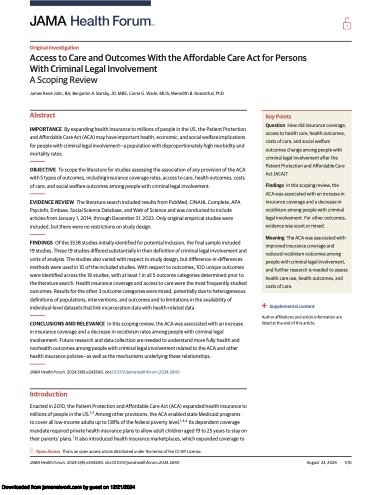By Diane Cheng, Arthur Rizer and Nila Bala
Marcus Bullock was 15 years old when he was sentenced to prison. He struggled with his time behind bars—missing his family, feeling disconnected from the outside world and losing hope. After he became depressed, his mother Sylvia promised to keep in touch daily. Her detailed letters and photos curbed Bullock’s loneliness and helped him envision life after prison. In Bullock’s words: “Little did I know, it would be my mom’s letters that saved my life.” Sylvia’s frequent communications gave him the strength to survive his incarceration, start a successful contracting business and launch Flikshop, a company that uses technology to help inmates stay connected with their families and loved ones. Bullock’s story demonstrates the importance of family connections for people who are incarcerated. In 2018, more than two million individuals were incarcerated in jails and prisons across the United States. However, the impact of incarceration is felt by millions more through the children, spouses, siblings, parents and other relatives connected to incarcerated individuals. Recent research suggests that nearly half of adults in the United States have had an immediate family member incarcerated for at least one night in jail or prison. Almost half of the inmates in federal prisons have minor children. Additionally, about one in 25 children (nearly 2.6 million) have a parent in jail or prison. Incarceration separates parents from their children, strains interpersonal relationships, harms mental and physical health and exacts deep financial costs to families. Further, incarceration has a disproportionate effect on communities of color and low income families. For example, Black adults are three times as likely as white adults to have a close family member incarcerated for more than one year. As Bullock’s story shows, positive family connections during incarceration are critical for an inmate’s wellbeing, their likelihood of successful re-entry after time served and the overall strength of their family. Technology can help families stay connected, but the cost, accessibility and quality of current options often pose barriers to meaningful interaction. The COVID-19 pandemic presents further challenges for family connection within correctional facilities, but also an opportunity to improve existing infrastructure via technology. If done right, improvements to both technological and non-technological options for family connection would ultimately benefit incarcerated individuals, their families and their communities at large
R STREET POLICY STUDY NO. 203 September 2020, 13p.





















